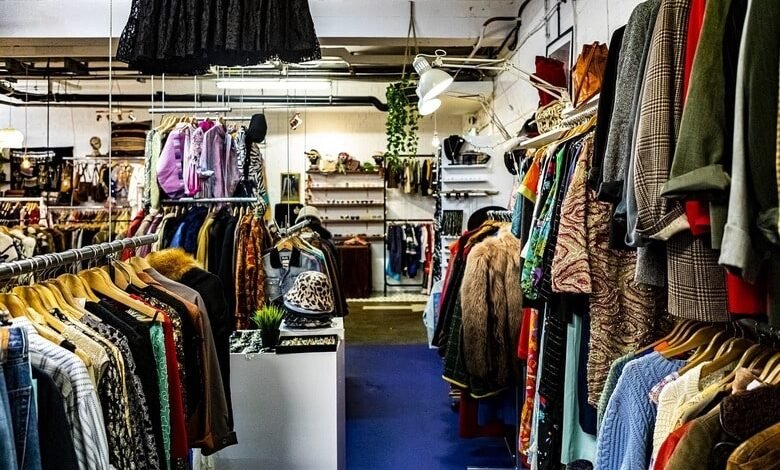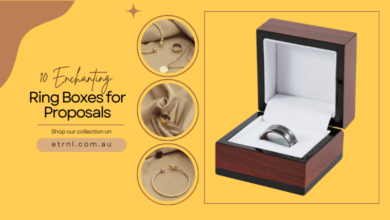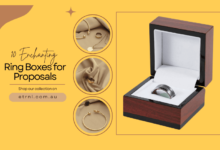Rags vs Riches: Tips to Avoid Vintage Shopping Disasters

Vintage shopping and thrifting have become increasingly popular as environmentally aware shoppers restock their closets with gently used items while also taking advantage of the newest fashion trends. It is important to research the distinctions between vintage, pre-loved and used. Whatever your personal reasoning may be for following this trend, make sure you understand all facets of the jewel in your hand.
Know the Definitions
Vintage authorities say that anything between 30 and 100 years old qualifies as vintage. Pieces that are older and have typically been conserved in a sellable state for decades after it was initially produced and possibly used, normally cost more. These can be categorized as good or quality vintage.
When referring to pre-loved, this category consists of pieces that are newer than 30 years old and are likely to be much cheaper. These pieces are more readily available in a thrift shop environment. Pre-owned is a term that refers to a modern or contemporary piece that has previously been worn (or at least owned) by another person. It’s a nicer way of saying “used”.
Most vintage products are second-hand because of their age, but that isn’t always the case. You’ve probably heard the term “new vintage,” which describes clothing from the 1950s or 1960s that has not been worn. Vintage clothing enthusiasts constantly search for “new vintage” items even though they are quite uncommon.
Have a Plan
Have in mind what you are looking to find (be that a whole outfit or specific pieces) and set a budget for yourself. Remember that, with this trend, there will always be those who are looking to make a quick and easy buck. Not all vintage goods are worth the price they are marked at. Shop operators profit from customers’ love for vintage goods by frequently raising prices since they are confident that customers would still purchase them. Vintage products can occasionally be unsightly, more expensive, and, in the worst-case scenarios, deadly.
Be Prepared
Carefully consider this prior to purchasing. Labels and tags on vintage clothing might be misleading. Vintage clothing is limited in size options and often has a no-returns policy. Your best course of action is always to try anything on for yourself to see how well it fits. Fitting rooms may be non-existent or poorly designed for rushed sales. Be wary of buying an item that you will not end up wearing. Also, be mindful of the shopping conditions you may find yourself in. Certain shop owners may overstock rails and shelves in poorly designed and lit conditions that can result in accidents. In a case like this, you may need some expert advice from a Denver personal injury firm.
Sadly, because so much of today’s fashion can feel mass-produced, people are more intrigued by the (claimed) rarity of items. People are desperate to be noticed and to possess items that feel distinctively personal to their own taste and collection. With all these things considered, if vintage shopping is still appealing to you, may you appreciate this unique buying experience. It will be like going on an old-worldly treasure hunt to find that elusive gem. Happy hunting!
Check out more valuable insights and make your vintage shopping experience a success. Unlock the secrets on our website today!






